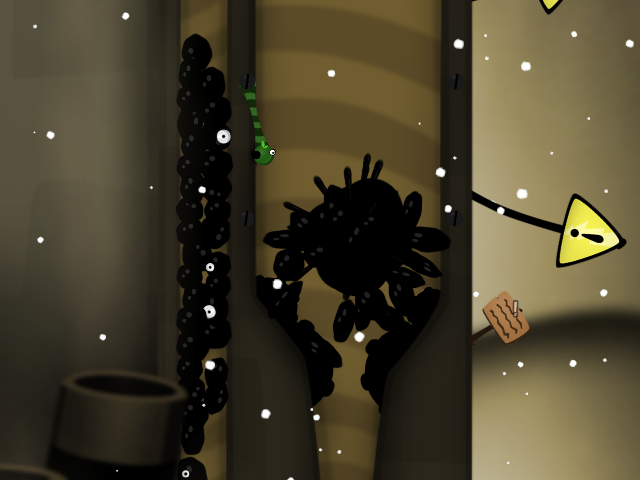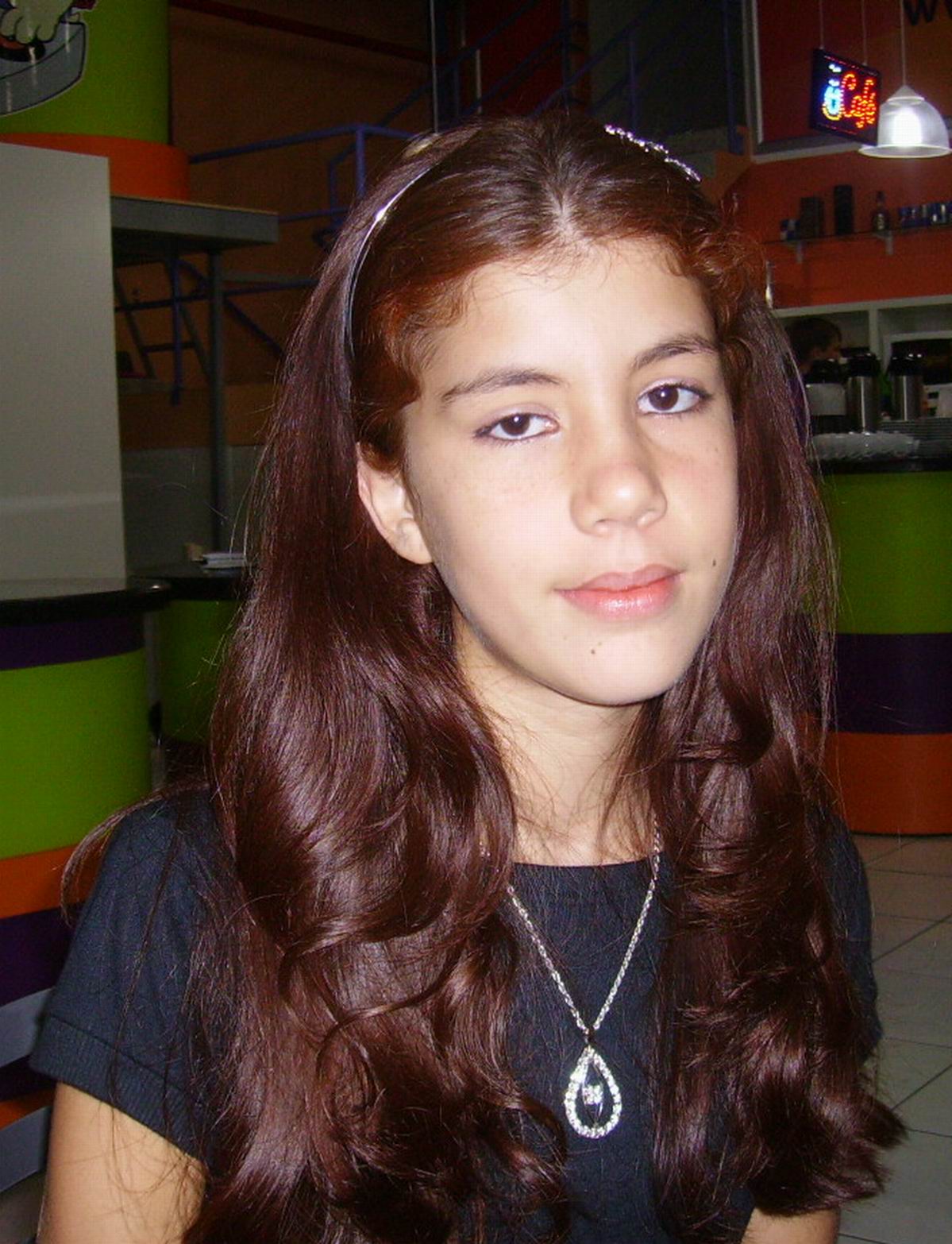

Normally, I approach a game playing experience from the perspective of how its game design and narrative development can combine to help a player learn how to play the game, and I relate this experience in a fairly linear fashion while interjecting analytical insights as I go. With this essay, I will engage in a close in-depth reading of World of Goo in order to parse out various meanings I’ve found in my experience with the game. This little experiment was Tower of Goo, and it was the seed that led to the development of the independent video game, World of Goo, which was released in the fall of 2008. In the spring of 2005, an experimental game was prototyped in seven days. The Goo Goo Dolls returned for an encore of one of their new songs, “Tattered Edge,” and a cover of “Runnin’ Down a Dream,” by Tom Petty.From Experiment Gameplay to the Wonderful World of Gooįirst published in Well Played 1.0: Video Games, Value and Meaning.Įd. Everyone held up their phones’ flashlights and screamed the lyrics. The most anticipated song of the night was “Iris,” which played following a touching rendition of “Better Days.” As the first notes of “Iris” played, the lighting backlit the performers, making them look like silhouettes. “Thank you for helping me pay off my student loans,” Rzeznik said.Īt the end of “Name,” Rzeznik again thanked the audience for keeping the band alive.

Before “Name,” the first hit the band had on the radio, he talked about how much the song’s success and the continued love from the fans changed his life. Rzeznik became sentimental at times during the show as he shared stories about himself and the band. Rzeznik joked with the audience that they were about to play two new songs, so if anyone in the audience “needed to take a piss, now’s the time.” The audience was more familiar with the classics, screaming along to the band’s oldest hits. Takac took the spotlight a couple of times, singing three songs while Rzeznik played guitar off to the side. He sang every song with precision, only stumbling on the words for “Here is Gone” and “Come to Me” because he was laughing with the audience. His vocals, 20 years after he first recorded his music, still sound the same as they did on the original tapes. Rzeznik’s voice was the star of the concert. Rzeznik was alone on stage for the song, making his stage presence more impactful. For the band’s track “Sympathy,” the screens displayed trees against a stained-glass background.

The monitors at the back of the stage showcased a different digital design with each song. He performed as if he was having fun with thousands of his friends instead of putting on a spectacle for an audience of strangers. Rzeznik is a seasoned performer, as he naturally conversed with the crowd and goofily waved his arms around. Rzeznik joked that he was pretty sure the Goo Goo Dolls were supposed to play at the venue 15 years in a row if not for “f–king COVID.” The Chaos In Bloom tour is the band’s first full-length tour since 2019.
The band immediately segued into “Slide,” one of its older but more well-known songs, indicating to the audience that the show would be a mix of classic hits and new releases.Īs the last notes of “Slide” hummed from Rzeznik’s guitar, he said that it was good to be out of the house again following the COVID-19 pandemic. The lights strobed as the Goo Goo Dolls, composed of singer and guitarist Johnny Rzeznik and bassist Robby Takac, took the stage playing “Yeah, I Like You” from their most recent album. “Iris” plays as the first dance song at countless weddings every year, and “Better Days,” though released in 2006, gave listeners hope for the future during the pandemic.ĭue to the timeless nature of their songs, the Goo Goo Dolls attracted generations of fans for the tour of their new album, Chaos In Bloom, at Boston’s Leader Bank Pavilion on Aug. Even if you were not alive in the ’90s, the Goo Goo Dolls probably ring a bell.


 0 kommentar(er)
0 kommentar(er)
